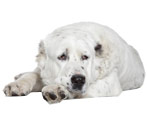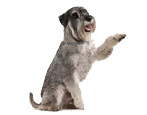How and what to feed the poodle?
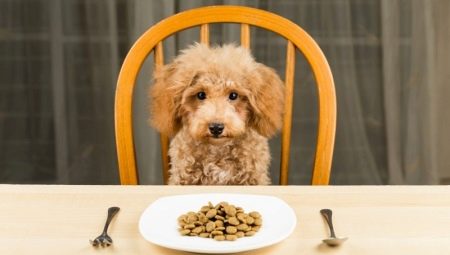
The poodle is one of the funniest and most popular dogs in the world. In order for the animal to remain vigorous, to grow and develop fully, it is very important to provide it with a balanced diet containing all vitamins, micro- and macroelements important for it, as well as the required amount of proteins, fats and carbohydrates.

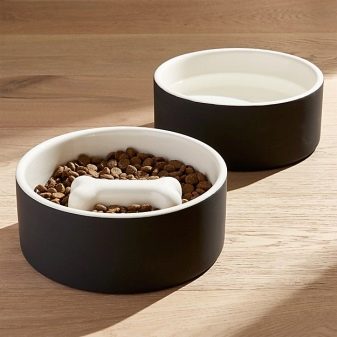
General rules for feeding a puppy
Before deciding on the optimal diet for your poodle, you should learn about several important factors.
- The digestion process in dogs is very different from that of humans. For example, for animals, the appearance and color of the product does not matter, but the smell - yes, in it dogs have the ability to highlight a huge variety of facets.
- The body of a poodle digests all the food eaten much faster than a human, even though the food enters the stomach almost unprocessed.
- The gallbladder of animals does not secrete enzymes that help break down lactose and starch.
It is very important to provide your dog with enough nutrients. For every kilogram of pet weight per day, you need:
- proteins - 4-5 g;
- carbohydrates - 13-15 g.
In addition, vitamins must be included in the daily diet (vitamins of group B, as well as E, A and C are of particular importance) and microelements (a poodle at any age needs potassium, magnesium, zinc, selenium, as well as phosphorus).
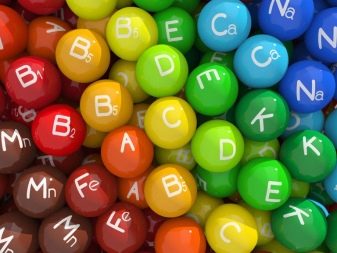
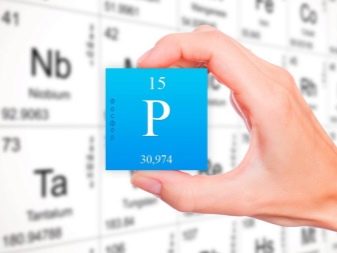
Proteins are the main building blocks of organs and cells; poodles absorb them in full from animal food, which cannot be said about plant food - from it, the dog's body can assimilate no more than half of the proteins.Unprocessed food particles have an adverse effect on the mucous membrane of the gastrointestinal tract, causing severe colic, increased gas production, severe inflammation, diarrhea and gastritis. In addition, an environment is created in which the acidity of the gastric segment decreases; in these conditions, animals become especially vulnerable to infection by helminths.
The share of meat products should be about 70%, the following types of them are allowed.
- Meat - it is best to use beef, veal or chicken, usually dogs are given them fresh, it is advisable to freeze the product beforehand. For poodles, the meat is cut into small pieces or ground in a meat grinder.
- Offal - Liver, heart, spleen, lungs and stomach are good for dogs. These foods are low in protein, but rich in connective tissue, which are important in small amounts for dogs. Products are given only cooked, adding to the main meat feed.
Once a week, you can replace meat with fish, preferably seafood, low-fat - hake, halibut or cod. It can be boiled, steamed, or raw.
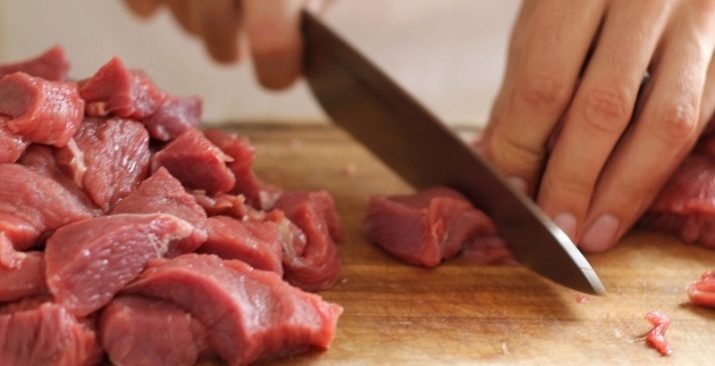
In addition, the following ingredients should be included in the poodle menu.
- Dairy products - kefir, low-fat cottage cheese, cheese.
- Eggs - be sure to hard-boiled, as raw protein is often allergic to dogs.
- Herbal products are also important for dogs of all breeds, and poodles are no exception. Such food is a complete source of vitamins and essential carbohydrates.
- All the energy a dog needs is obtained from the croup, it is best to introduce buckwheat and brown rice into the menu. If you have the opportunity to feed your pet only with ordinary rice, then before cooking it you need to rinse it several times to clear water in order to completely get rid of starch, since it is not digested in the dog's body. Cereals are boiled until crumbly.
- Vegetables are a source of vitamins and vegetable fiber, therefore, it is advisable to add chopped zucchini, pumpkin, carrots, cucumbers and bell peppers to meat and cereals. Dogs are eager to consume apples with gooseberries, and it will also be useful to introduce dill, parsley, lettuce and spinach into their diet.
- Vegetable oil should be added to poodle feed - sunflower or olive, in small quantities pumpkin or flaxseed is useful.
- It is very important to provide the poodle with constant access to clean water, preferably filtered or bottled - an adult dog needs about 2 liters of liquid per day.
- When feeding with natural food vitamin and mineral complexes should be added to the diet.
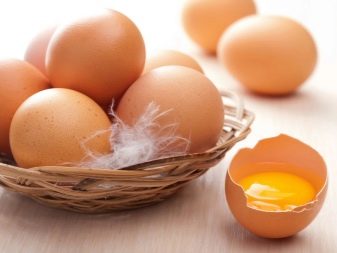
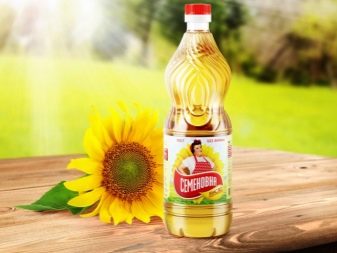
Diet for adult dogs
Up to one month of age, young puppies feed mainly on mother's milk, however, after 1.5-2 weeks, you can start feeding a young poodle, cow's milk with the addition of chicken egg yolk is best for this. At the 3rd week, they begin to give minced meat, and at the 4th week, cereals and vegetables are introduced, while starting with small doses and gradually increasing the proportion of these products in the pet's menu. At 2 months, the puppies are finally weaned from their mother's milk, by this time they can already feed on their own.
Until the age of three months, animals are fed five times a day, up to six months - four times, up to eight months, food is offered three times and the number of feedings is gradually reduced to two times a day.
Breeders should be aware that poodles are dogs that do not have a predisposition to overeating, they are active and mobile, but pets can be quite picky about food. You should not follow their lead, for example, if the dog refuses cottage cheese, you do not need to rush to cook porridge, just remove the plate, wait for the next meal and offer the same food again.
The food consumption norms for an adult poodle are:
- for large breed dogs - 900-1000 g;
- for small ones - 600-800 g;
- for dwarf ones - 500-600 g;
- for a toy poodle - 300-400 g.
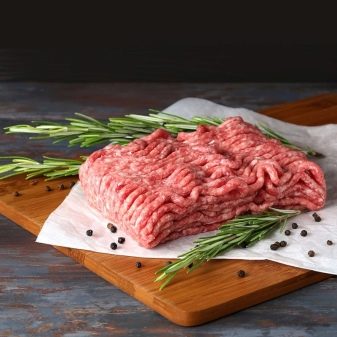
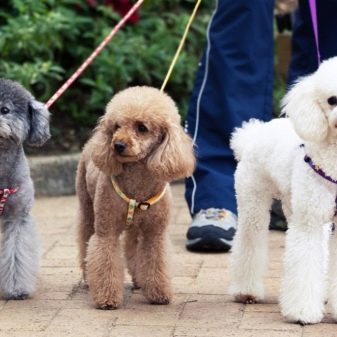
For pregnant bitches, the feeding standards are different:
- in the second week, the volume of products is increased by 1.5 times;
- from 3 to 6 weeks - 2 times;
- by the end of gestation - again by 1.5 times.
During feeding in the first 10 days, the volume of portions is doubled, and from 3 to 5 weeks - by 3. The puppy is fed with balanced feeds with a high liquid content (warm low-fat soup, liquid porridge, sweet tea).
It is not necessary to feed an adult dog from a common table - this diet may be too heavy for the pet's body, and also not balanced enough to ensure a full intake of useful micro- and macroelements. This can have the most negative effect on the growth, as well as the development and physical condition of the poodle.
Do not forget that there are "loose" dog breeds that require a lot of body weight, they include St. Bernard, Newfoundland and some other varieties. Poodles do not belong to this category, they are elegant animals along with mastiffs and pinschers. In accordance with existing standards, they should not have a saggy belly and too much weight.
A standard poodle should have well-felt ribs, but at the same time it is not allowed for the pet to begin to hunch over from excessive thinness.
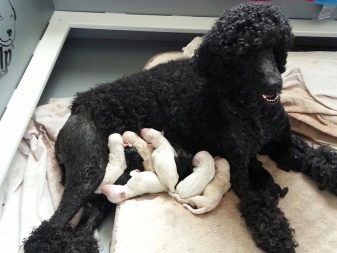
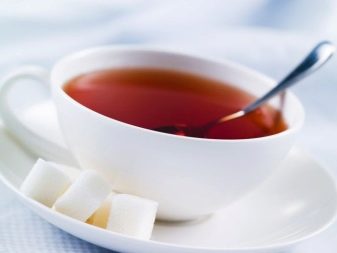
If you notice that the dog's body weight has begun to increase, then cereal products should be removed from the menu, fasting days can be arranged every 7-10 days, at this time the diet should be limited to meat products with the addition of vegetables. As a treat, the animal can be given any nuts: large dogs are offered 2 things a day, small ones - 1, and dwarf ones - only half. Dried apricots, prunes, raisins and some other dried fruits are very useful for animals.
Due to their busy schedule, some breeders prefer to use store food for their dog, in this case it is extremely important to choose a trusted manufacturer. It is advisable to give preference to premium or super-premium formulations. Mixtures should be purchased in specialized stores or veterinary pharmacies, always in unopened packages. According to the reviews of breeders and the advice of veterinarians, the products of Royal Canin, Pro Plan and other feeds of this segment are considered the most balanced for animals.
Of course, the cost of such food is high, but the food is made in accordance with the recommended norms for the content of BZHU, real meat products are used for production and vitamin and mineral complexes are added, they do not include any preservatives. Cheaper products, such as Chappi, are undesirable for poodles - the fact is that in their manufacture they do not always comply with the normative ingredient ratios. Thus, the amount of complete animal protein may be lower than the recommended amount.
In general, ready-made feed becomes an excellent solution for breeders who monitor the health of their poodle, since in this case there is no need to independently calculate the calorie content of products and add vitamin and mineral components to food.
All that is required of the breeder is simply to choose the right brand of products and put the right dose in the bowl for the animal in time, in accordance with its age and state of health.
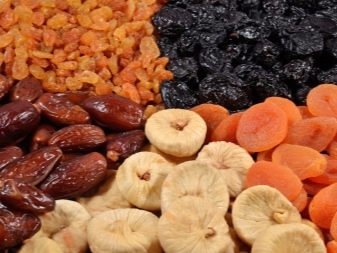

Prohibited foods
When organizing feeding a poodle, you should be aware of the products that are contraindicated for animals.
These include the following ingredients.
- Pasta, bread and other baked goods - they cause indigestion and lead to indigestion.
- Any fried, spicy, smoked and fatty foods - it leads to gastritis and ulcerative conditions.
- Tubular bones - Dogs cannot grind them with their teeth, so sharp edges can seriously injure the esophagus and stomach of the animal.
- Legumes as well as potatoes - cause increased gas formation in poodles.
- Any sweets, including candy and chocolate. These foods have no nutritional value, but are likely to cause dental problems, impair liver function, and may cause pus in the eyes.
- Milk - in the body of dogs that have reached two months of age, whole milk is not digested, therefore, the inclusion of this product in the menu is justified only for very young puppies.
- Sausage, sausages and ham - we are talking about store products. They usually contain preservatives and other synthetic additives that are harmful to the poodle's body.
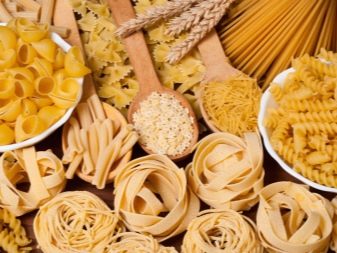
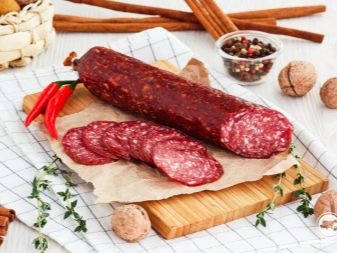
Veterinarian advice
Regardless of what food you decide to use for your poodle, there is a few rules to follow when organizing pet feeding.
- Poodles are distinguished by a rather high withers and sternum, which is why it is difficult for animals of this breed to feed from a bowl on the floor, unless, of course, your dog can eat from a prone position. It is best to place the food saucer on a small stand or hang it on a hook so that it is approximately at the level of the pet's chest.
- It is imperative to offer the animal food at the same time of day and in a strictly defined place.
- If several pets live in an apartment, then each of them must certainly have their own saucer, otherwise conflicts will arise between them. It will not be superfluous to establish a feeding "ritual" in the house, for example, a certain sequence of distribution of bowls and food.
- All leftover food residues should be removed immediately, and the bowl should be washed thoroughly, even if the dog has not eaten the food completely.
- Feeding the poodle should not be combined with family members' food intake, and you should not impose food on the animal at the time when you are preparing dinner for your loved ones.
- In one feeding, it is forbidden to combine dairy and meat food - in this case, neither one nor the other product will be fully assimilated.
Train your dog to be disciplined - the animal should not have the habit of begging.
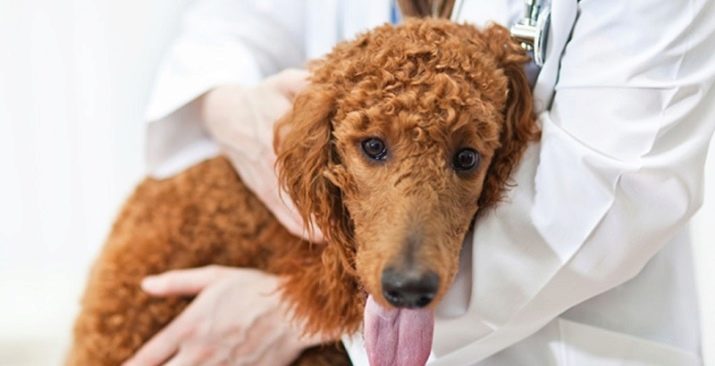
For information on how to feed a poodle with natural food, see the next video.


